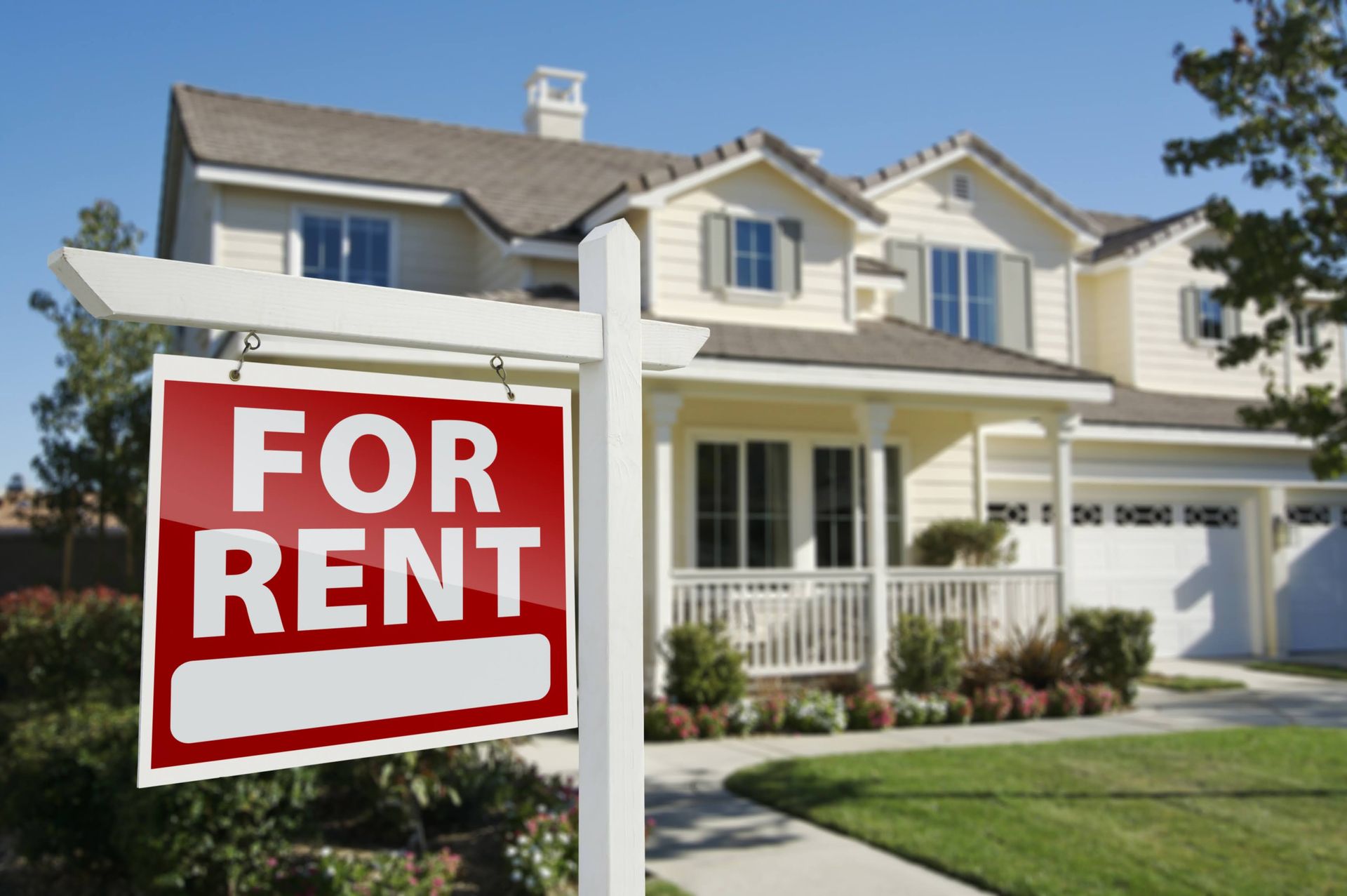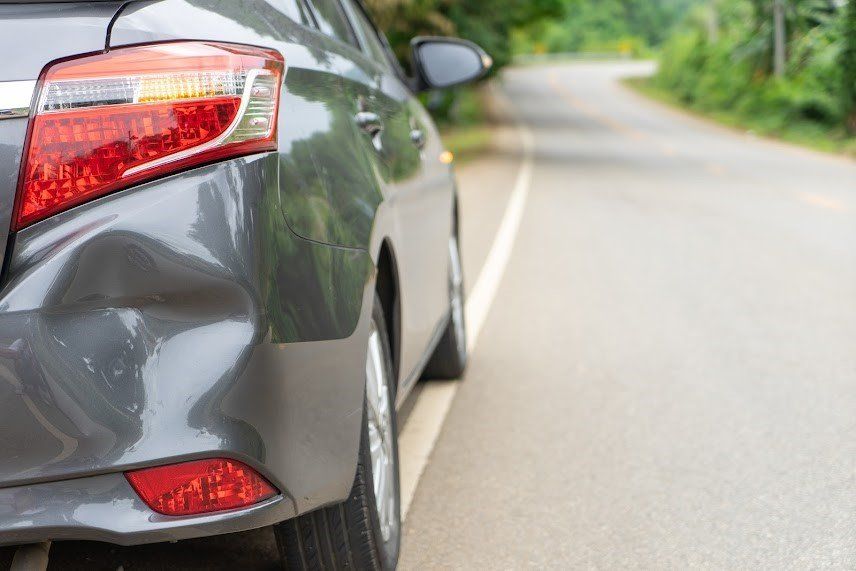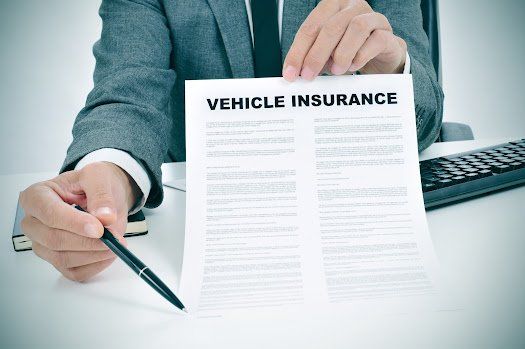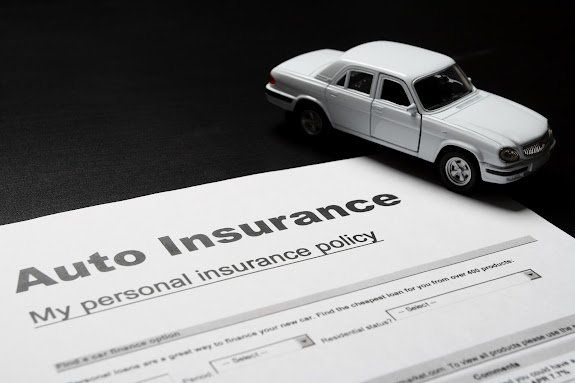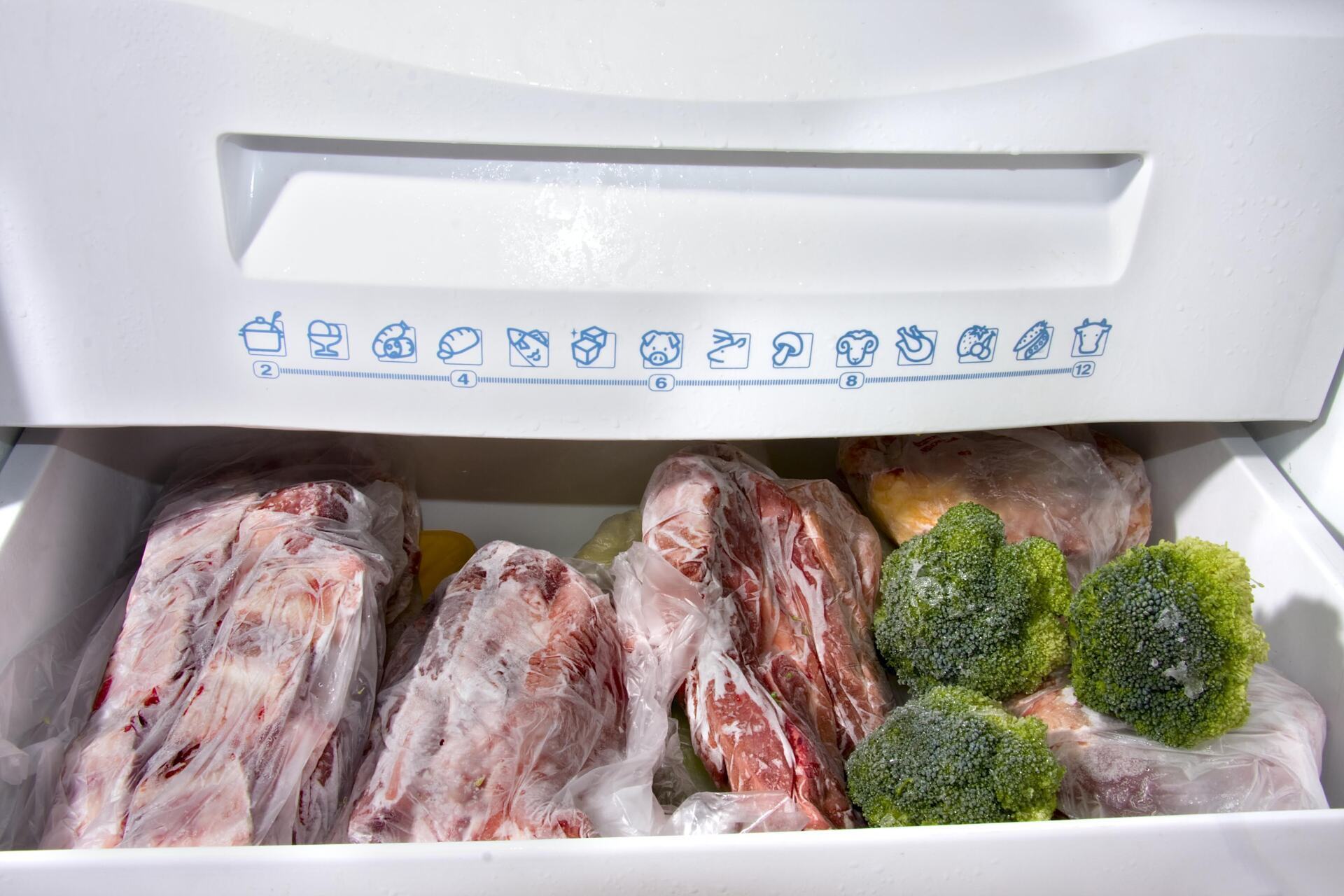Make, Model, & Insurance Rates | Germain Insurance Agency
- By Germain Insurance Agency
- •
- 12 Sep, 2022
- •

If you plan to buy a vehicle, you want to know how much your insurance will cost. As a rule of thumb, the more your car costs, the higher the insurance price you will pay. This is because your insurer pays for repairs, replacements, and totaled cars, so the cost of each factor impacts your insurance.
Since various makes and models are met with different maintenance costs, your premiums vary based on the factors below.
Engine Size
The larger the engine your vehicle has, the more available horsepower. Increased horsepower means you can achieve higher speeds, making you more prone to accidents. As a result, your insurance premium will be higher.
Higher horsepower doesn't necessarily mean you will get accidents since you can still drive safely at a higher speed. Nonetheless, a study links high horsepower to a higher likelihood of speeding, which leads to more accidents and increased severity of injuries. This is why insurance agencies will give drivers with a bigger engine higher premiums.
Car Age
Newer cars usually attract high insurance rates. This is because the older your car gets, the more its depreciation in value. On the other hand, a less valuable vehicle means the cost of repairs and replacements is less expensive. So, insurance becomes cheaper with time since damage and total loss of the vehicle will not cost your insurer as much as a new car would.
Furthermore, every car starts with a different value and depreciates at a different rate based on your vehicle's model. So, not all old cars are cheaper to insure than newer cars. For instance, if you have a slightly old but more expensive model, you may still have to pay higher premiums than you would for a new but cheaper model.
Probability of Theft
Many thieves usually target cars without a system to keep off intruders. For example, if your vehicle lacks an alarm system, a burglar can break in and drive off without much interference. Also, if your car was manufactured before the advent of anti-theft technology, thieves are more likely to prey on you.
If your car is more attractive to thieves, your insurance company considers the vehicle a higher risk. So, you incur a higher expense for comprehensive coverage than you would if your car was less vulnerable to theft. Your insurance premium can also rise if car theft is frequent in your residential area.
Safety Rates and Hallmarks
The Insurance Institute for Highway Safety (IIHS) has a car safety rating system for different cars. The tests examine your vehicle's accident avoidance capability. A higher rating means your car protects occupants well if a collision happens. High-end security features also protect your vehicle from thieves and collisions.
If the IIHS rates your model low, you will pay a higher insurance premium because the likelihood of a crash is higher. Also, if you get into an accident, you will have high repair costs and hospital bills for the victims. On the flip side, safety attributes like anti-theft units and stability control reduce your insurance premium.
Trim Levels
Your car can be standard, sport, or luxury based on your trim levels. Standard cars have no extra features, while sports have added engine performance. The luxury level comes with upgraded internal parts and suspension upgrades. The insurance premium is lowest if your vehicle is standard and on the higher end if you have a luxury car.
Most models also have various functional and cosmetic options which you can add to your car. For example, you could choose to get sunroofs, a costlier stereo system, or a larger engine. If you have many extra features, your repair charges rise. So, your total auto insurance premiums will also increase.
You should now understand the relationship between your car's model and insurance premiums. However, if you still have inquiries or need vehicle insurance, look no further than the Germain Insurance Agency. You will get access to many insurance companies and affordable auto coverage.
